Apple is looking at technology to entirely remove the need to charge a future Apple Pencil without removing features, and whether that will help it be used on an iPhone.
First, Apple made you stick it in an iPad to charge, then it had you magnetically attach it to the side of an iPad. Most recently it's switched to a hidden USB-C connector.
Now it wants to get rid of all of that.
This is the central point of the newly-revealed patent application called "Photo-Sensing Enabled Display For Stylus Detection." There are other elements, though, and the whole thing is an example of how to improve one device, sometimes you have to change another one.
So the way that this future Apple Pencil can escape ever needing to be charged is that it will use no power. And the way that it will still be able to function is the screen you write and draw on is what will handle all of the work, instead of the cooperative effort that exists now.
The patent application is about an "optical stylus system" that chiefly uses the screen "to determine one or more of the target or touch location, centroid, hover distance, tilt angle, azimuth, and in some instances the orientation and rotation of the stylus."
Apple specifically describes a passive stylus, meaning that it is basically a dumb stick that needs no power. Instead, it reflects light back at the iPad or device it's being used by, and the iPad does all the sensing, optically.
It says that such a stylus "including a diffractive (patterned) reflector can also reflect light emitted from the optical sensing system."
Given "a consistent reflected light pattern..." Apple proposes that different "tilt angles and rotations of the stylus can generate different reflected light patterns." Consequently, the Pencil's location and hover distance, perhaps also rotation, can be calculated.
The patent application then goes on to detail issues where such detection isn't possible, or actually when it might be more accurate than current systems. It really details it, too — the patent application is 70 pages long, including 30 pages of drawings.
However, nowhere in all of that does it look beyond the use of an Apple Pencil as a dumb stylus. Patent applications are concerned with how something can be achieved, not why, or what could then be done with the proposal.
In this case, there is a particularly obvious issue that is ignored. If a future Apple Pencil has no battery and draws no power, as detailed in this patent, it cannot have any features Apple has previously proposed, such as touch-sensitive controls.
Right now a second-generation Apple Pencil features a double-tap option, for instance. You can tap, tap near the tip of the Pencil to get the iPad application you're using to switch to a different tool.
Similarly, it's been reported that an Apple Pencil 3 could feature a squeeze gesture, or perhaps even more.
It is conceivable that an Apple Pencil without a battery could effectively mimic all of these options. Double-tapping on the Pencil, for instance, will inescapably make it move, and that movement might be quite distinctive.
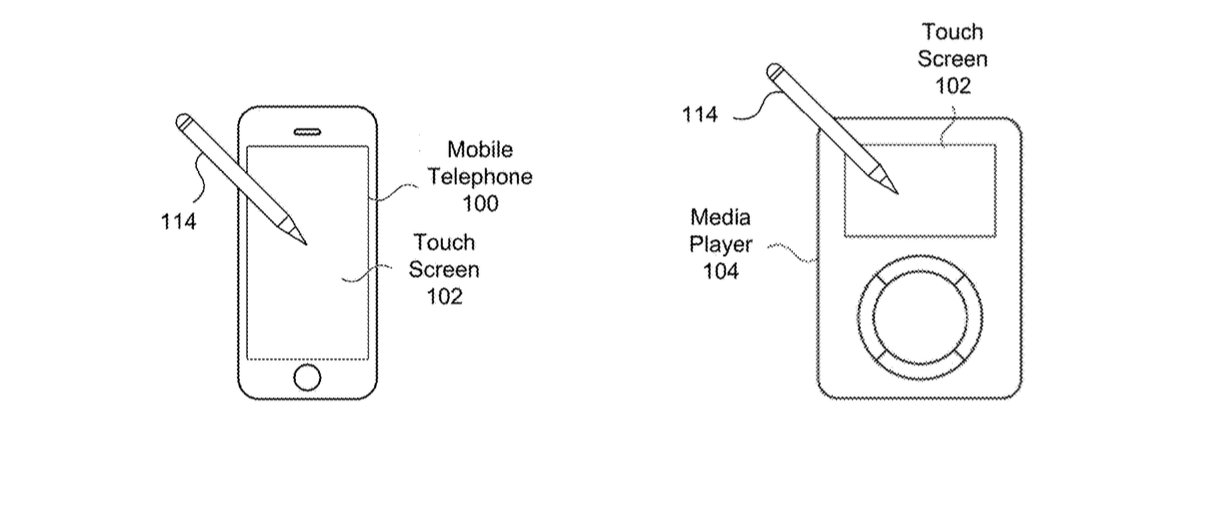 As well as iPhones, Apple suggests a Pencil could be used on an antique iPod. This may not be Apple's most serious suggestion.
As well as iPhones, Apple suggests a Pencil could be used on an antique iPod. This may not be Apple's most serious suggestion.Yet really they all require on-Pencil sensing and processing, and a processor and sensors need on-device power. So what Apple could be proposing here is a more basic, entry level Apple Pencil, rather than a future replacement for the device.
Then in what's possibly just a more fanciful idea, the drawings for the patent application show a vastly increased use of the Apple Pencil. The drawings show a Pencil being used on an iPhone, which might be a reference to a previously rumored $49 Apple Pencil for iPhone.
But the drawings also then show an Apple Pencil being used on a MacBook Pro's screen, and even an Apple Watch. The patent application was filed in 2023, but it also includes a drawing of an Apple Pencil for iPod, the last of which were discontinued the year before.
This patent application is credited to three inventors, who are therefore having a laugh about the iPod, or are making certain their patent covers every possible use anyone could put it to.
 William Gallagher
William Gallagher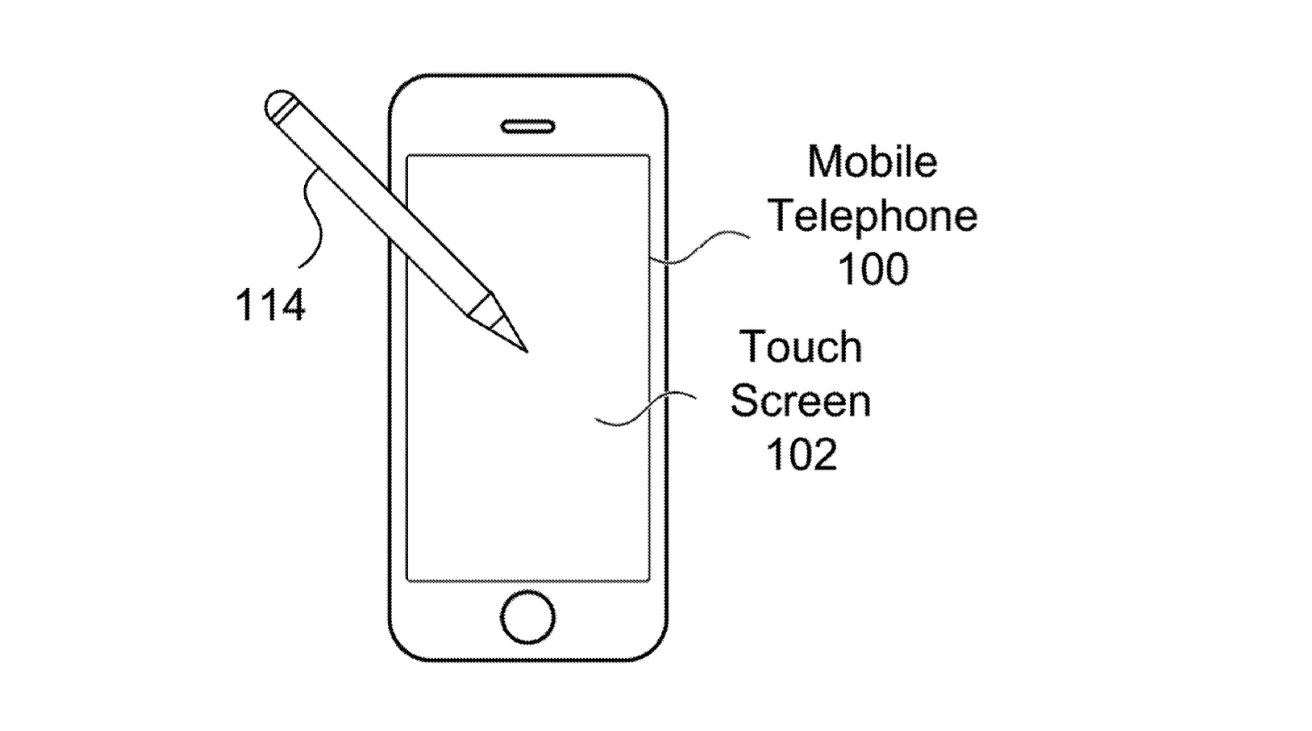
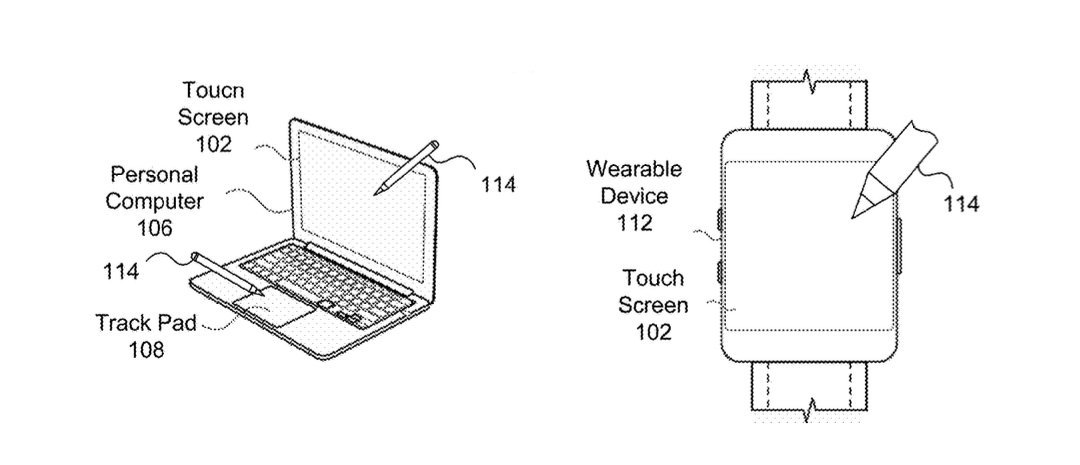




-xl-m.jpg)


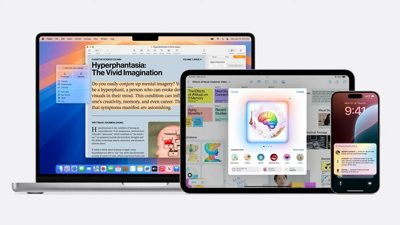
 Malcolm Owen
Malcolm Owen
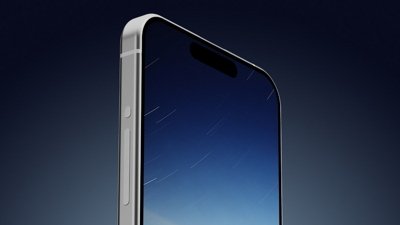
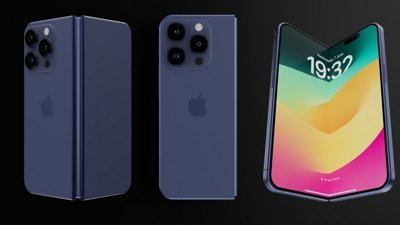
 Amber Neely
Amber Neely
 Andrew Orr
Andrew Orr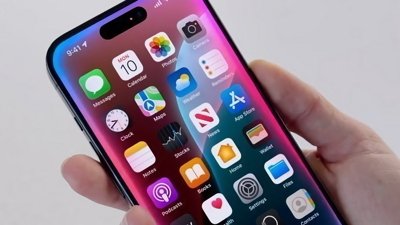


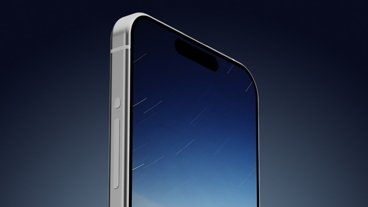
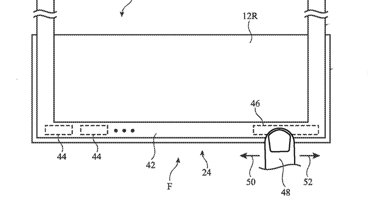







1 Comment
A passive pencil could still have a clickable button or two, with cleverly engineered energy harvesting.